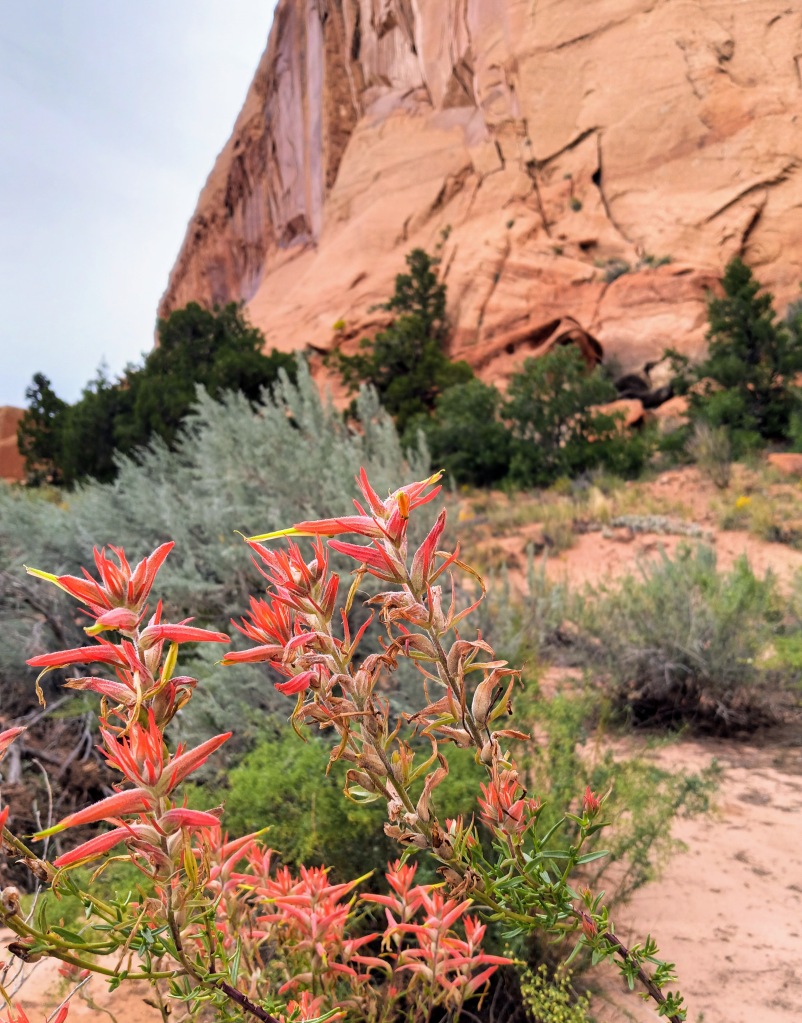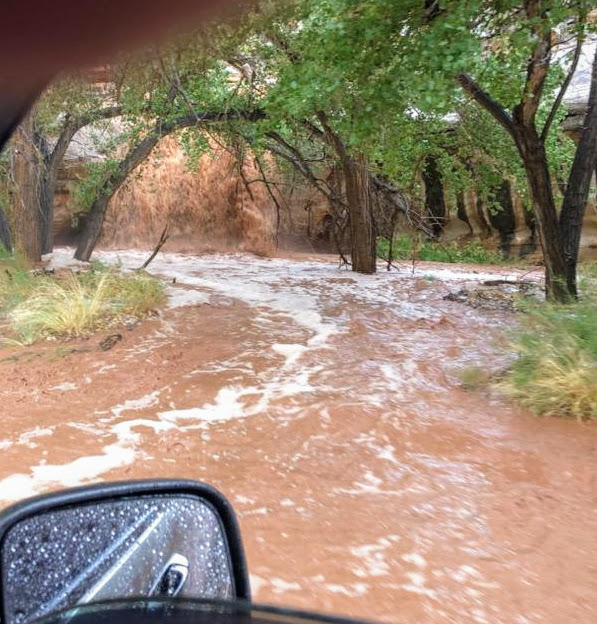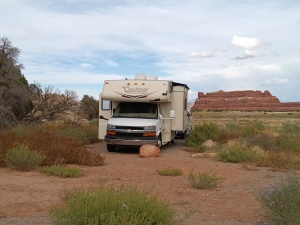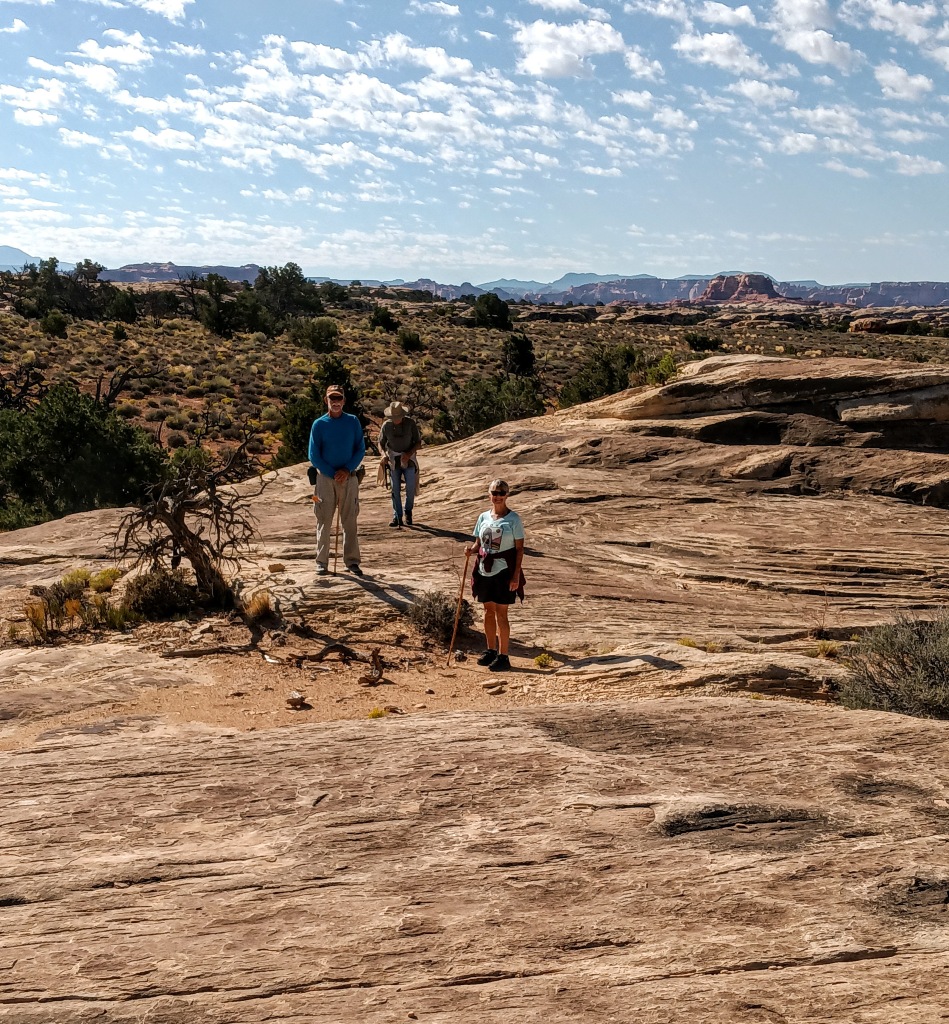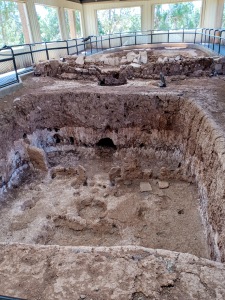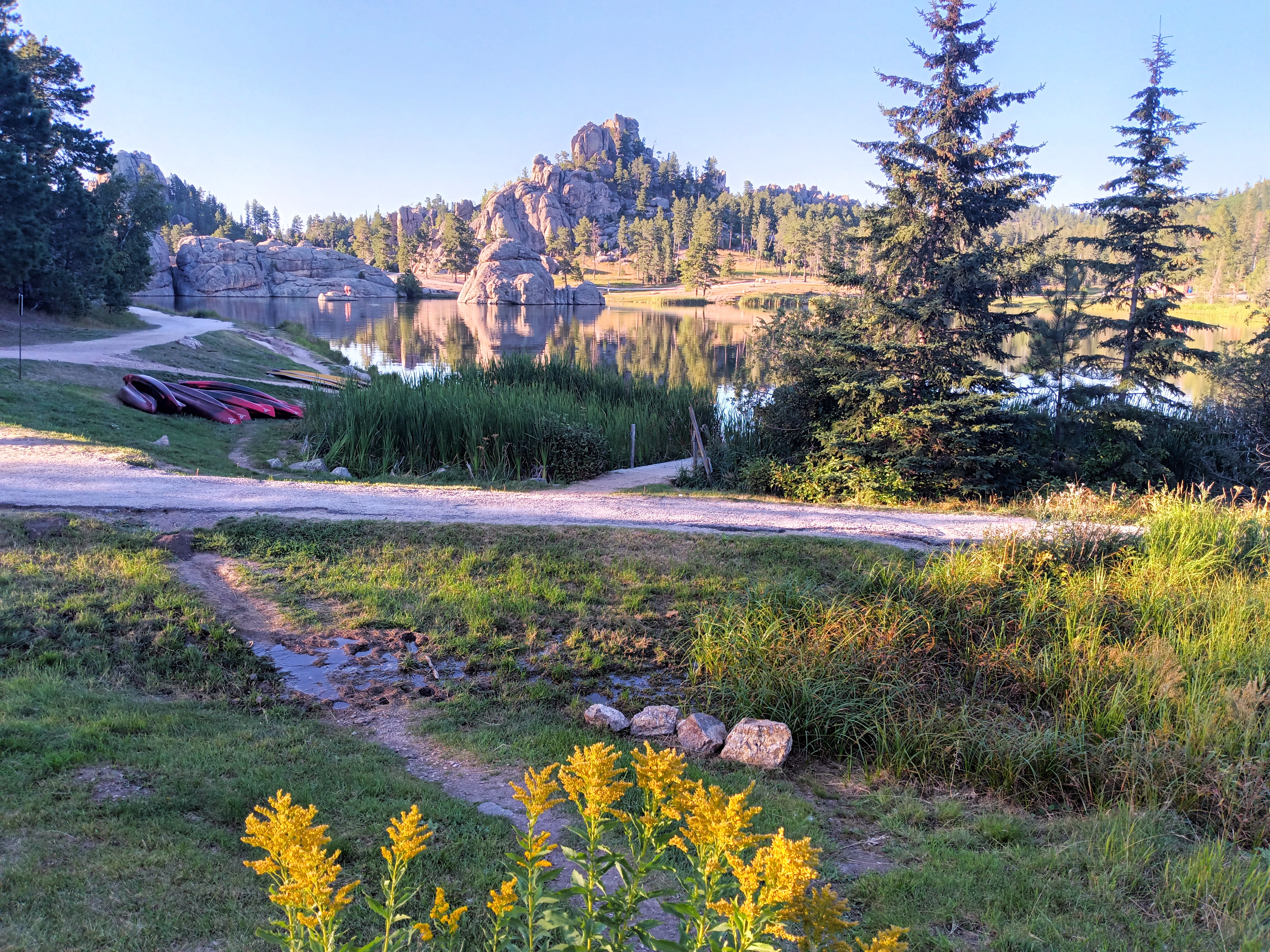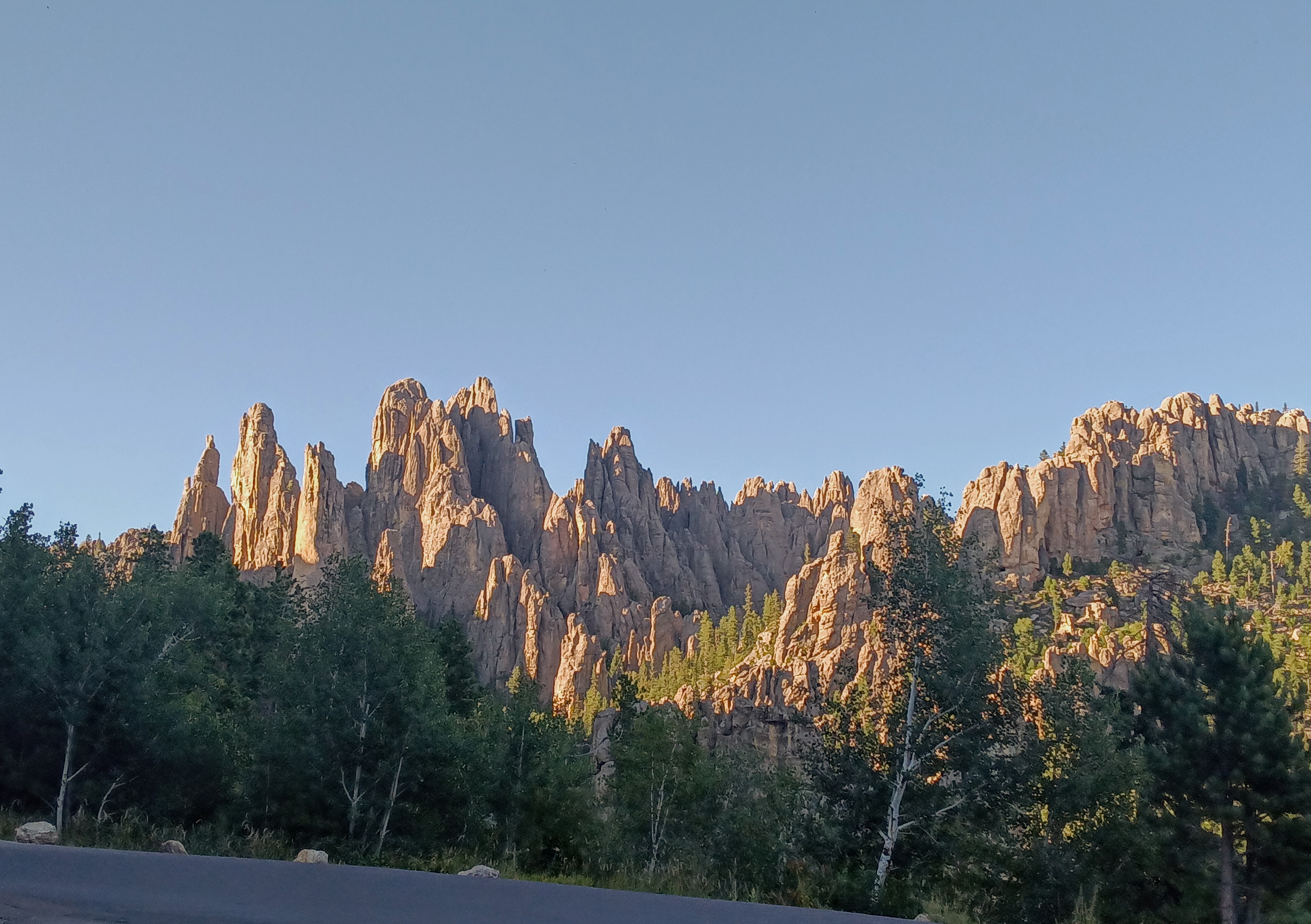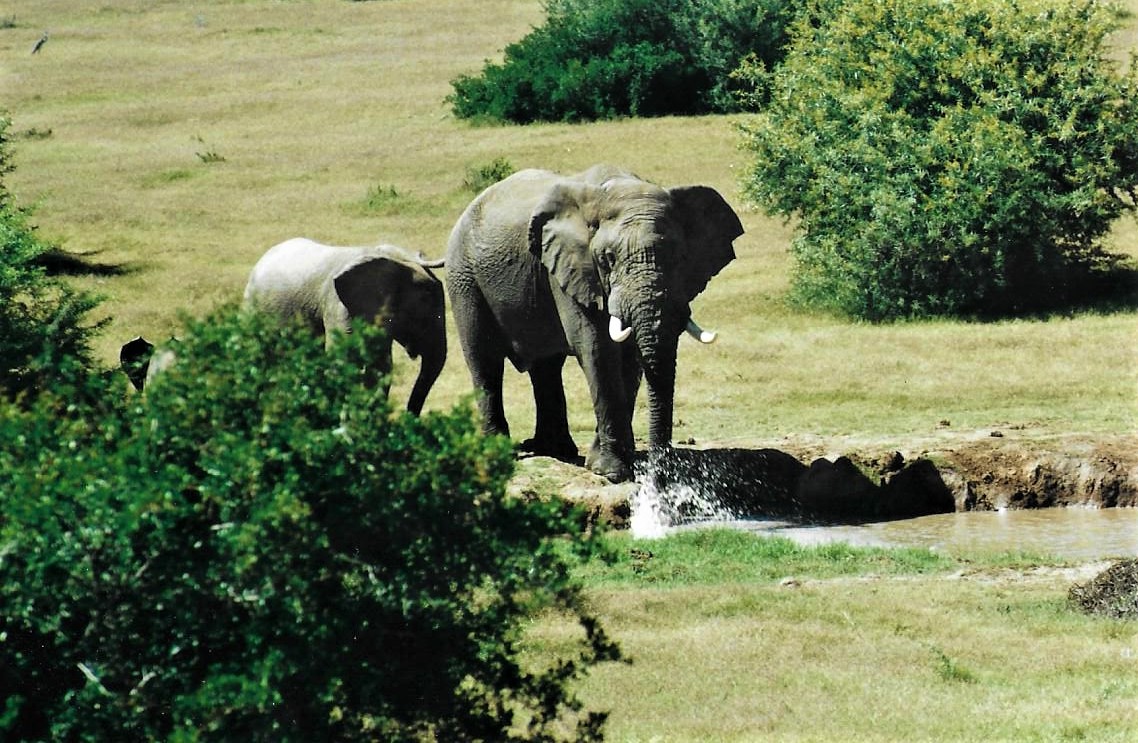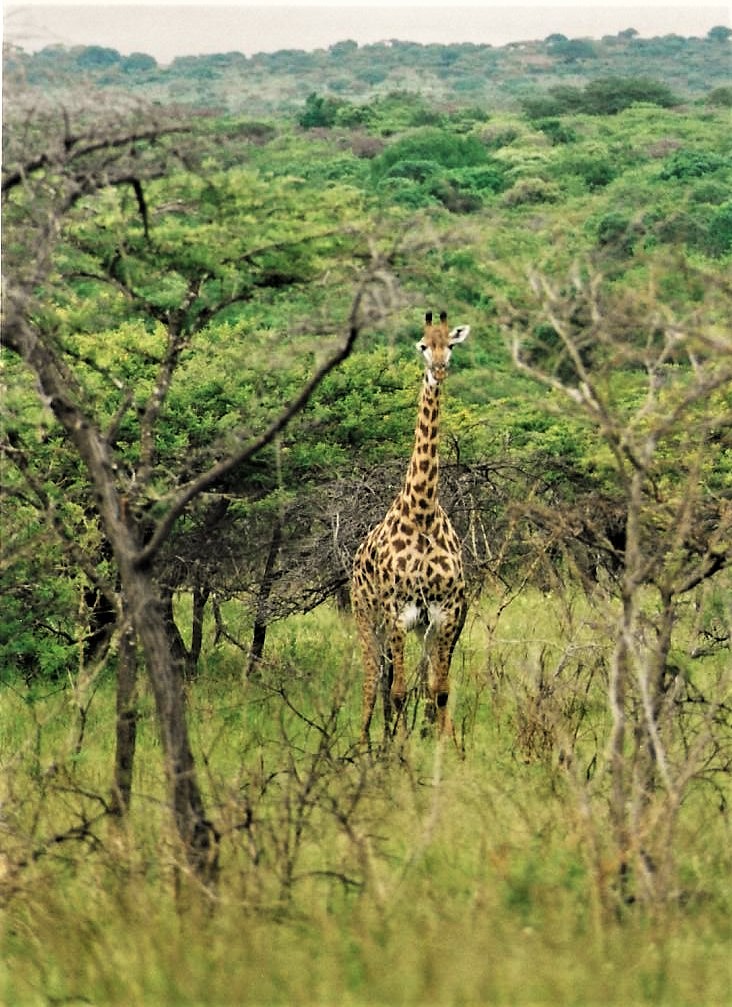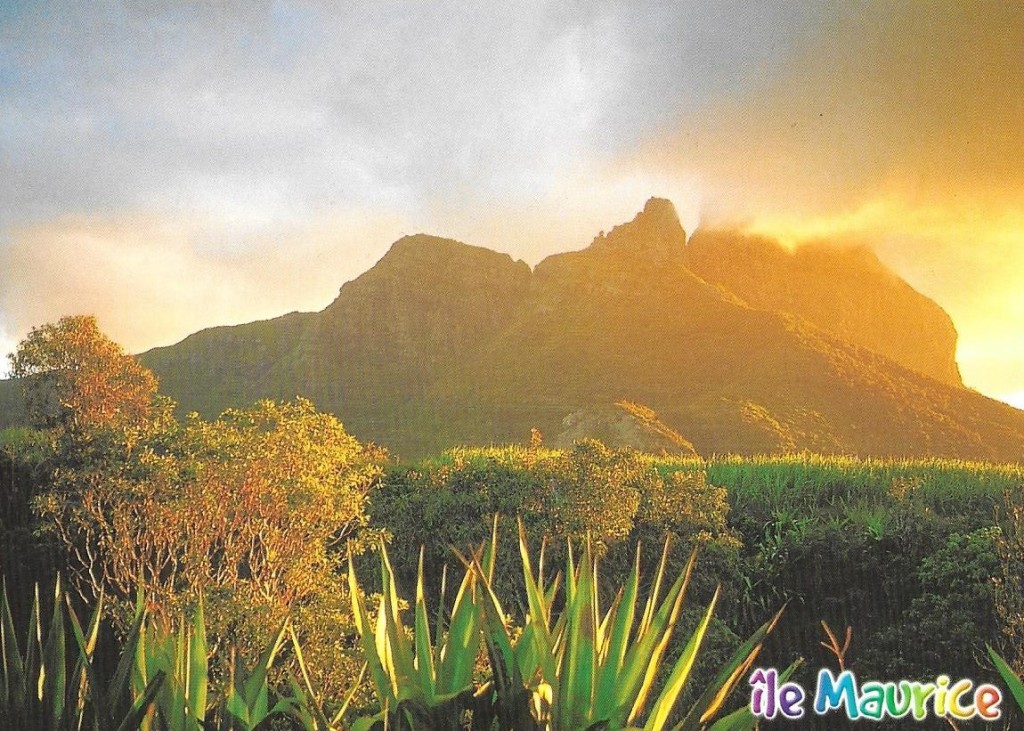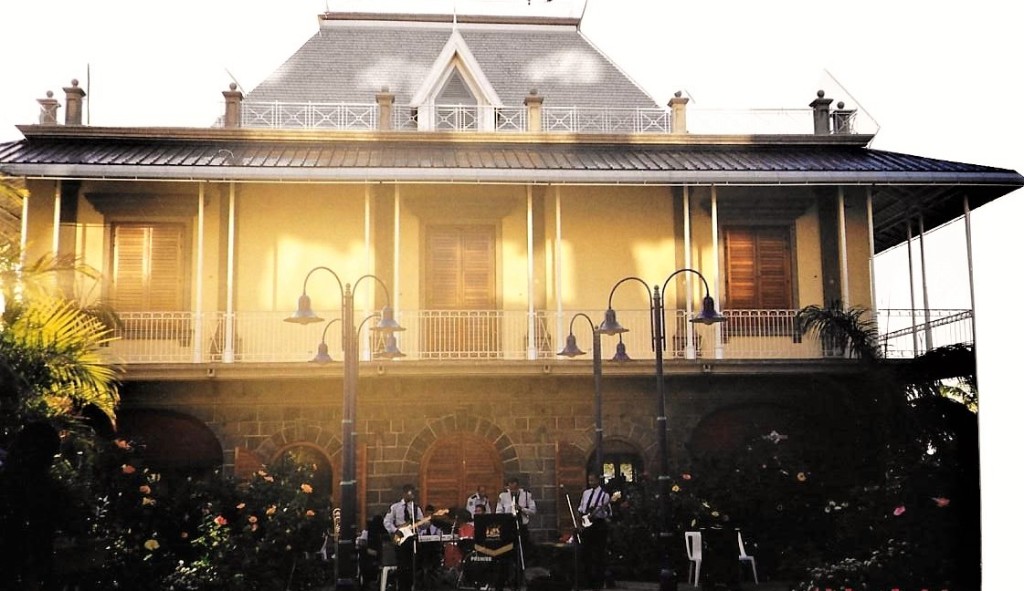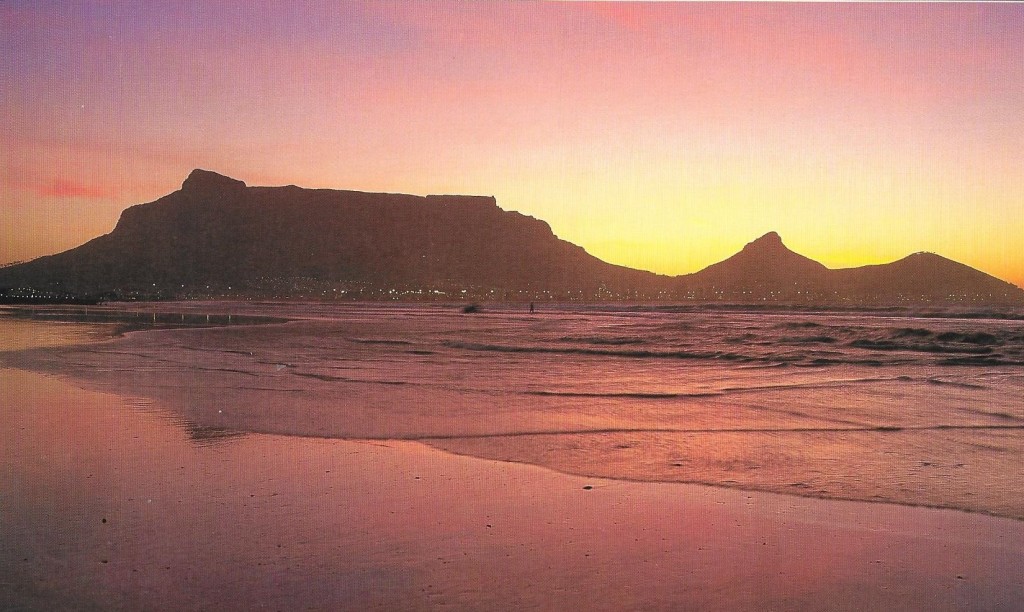
From Knysna White Dove motor-sailed to the tiny, rolly marina at Mossel Bay. While waiting for a weather window, we stayed busy with small projects, scenic walks, and exploration of museums and shops. With some trepidation, we then faced the 220-mile/42-hour sail around challenging Cape Agulhus, the southern-most point of S. Africa, where the frigid Atlantic meets the warm currents of the Indian Ocean. The first half was pleasant with light breezes and flat seas until three hours before the cape. A strong SW wind quickly built up 3-meter seas on our nose, sloshing the deck and found an open hatch. Whoops! After 4-hours of chaotic, potato patch seas, the 40-knot wind came around behind us and we surfed the swells into False Bay.

The peaceful settlement of Simon’s Town offered a protected marina and friendly yacht club, and proved much quieter than the marinas in Cape Town. A 15-minute walk to watch the African penguins became one of my favorite daily activities. They are nicknamed Jackass penguins because of their braying which became especially loud during their mating season and quite entertaining.

Brett and Jillian, an affable S.African sailing couple became our unofficial tour guides for several adventures. One day we drove out to Cape Point/Cape of Good Hope, situated within Cape Peninsula National Park. Over 250 species of birds have been sited in this nature reserve, but few animals due to limited vegetation, although we were warned to be careful of the sometimes aggressive baboons. Playing tourists, we rode the funicular to the highest point overlooking the rocky promontory which Jerry and I would be rounding once we left the African coast. The views from the top were spectacular.
Table Mountain provided a full day of exploits with our S. African friends. We began a 5-1/2-hour hike on the Constantia Nek trail which took us up a curvy, pine tree-lined access road—all uphill, but shady and cooled by a gentle breeze. There were several small reservoirs constructed from stone blocks at the top of the first mountain. Along the route multitudes of wildflowers caught our attention including the elusive Red Disa which only blooms in February. Iridescent Sunbirds sip nectar from this vibrant flower and the Table Mtn Beauty Butterfly only feeds from it. This bio-diverse landscape grows over 2,000 species, many unique to the region, including the rhinoceros bush and several types of alien-looking proteas. We searched for Table Mtn ghost frogs, but they stayed invisible. However, several cute dassies scampered among the rocks.


The road ended at an old museum that displayed a steam locomotive and other artifacts that had been transported up the mountain by cart, cables, and manpower. These had all been used during the 1800s to build the dams. From here the real fun began.

With help from some locals we finally located the right trailhead (there were 3). For the next 3-1/2-hours we tramped a narrow rocky path, clambering over boulders, down steep hillsides into Echo Valley which lived up to its name, crossed logs through marshy bogs, and wound up an even steeper slope while negotiating 3 ladders! Quivering muscles burned, but the sweat and dust were well worth the magnificent vistas of False Bay, Hout Bay, and once on The Table, the sprawling city of Cape Town with its massive harbor. We picnicked before taking the easy, 4-minute route down—the cable car with a rotating floor. The panoramic views were awesome.


No visit would be complete without visiting wine country. There were several areas to choose from: Constantia, Franschhoek, and Paarl, but we only had time for the centuries old village of Stellenbosch.

Vineyards and orchards climbed from valleys and up hillsides, with the dramatic backdrop of purple-hued mountain peaks and sheer cliffs. Dutch manors were set amid stands of oak trees and fragrant flowers. At Fort Simon we toured an authentic-looking castle complete with moat; tasted scrumptious cheeses at Simonsberg; and strolled historic buildings and picturesque gardens at Neethlingshof. Of course, wine-tasting was involved too!

The grand finale: Kirstenbosch National Botanical Gardens. We ambled along winding, sometimes hilly paths, our senses bombarded by a kaleidoscope of smells and colors. Later, sheltered from the hot sun beneath tall trees, we spread our blanket and reclined on a wide grassy area. The sun sank slowly behind the grandiose backside of Table Mtn as we sipped our wine and melodious music from the S. Africa Navy Band wafted among the gardens.

Final preparations were made the following day before setting sail for the long voyage up the Atlantic. Rounding the Cape of Good Hope, we were fortunate to have only light winds, small swells, and no drama! South Africa blessed our farewell with a memorable sunrise—red and gold horizontal bands silhouetted Table Mtn’s dark hulk. In the deep blue sky above, wispy cloud patterns played tag. Ahead, the vast ocean beckoned us to new lands, new cultures, and new adventures. Until next time…












